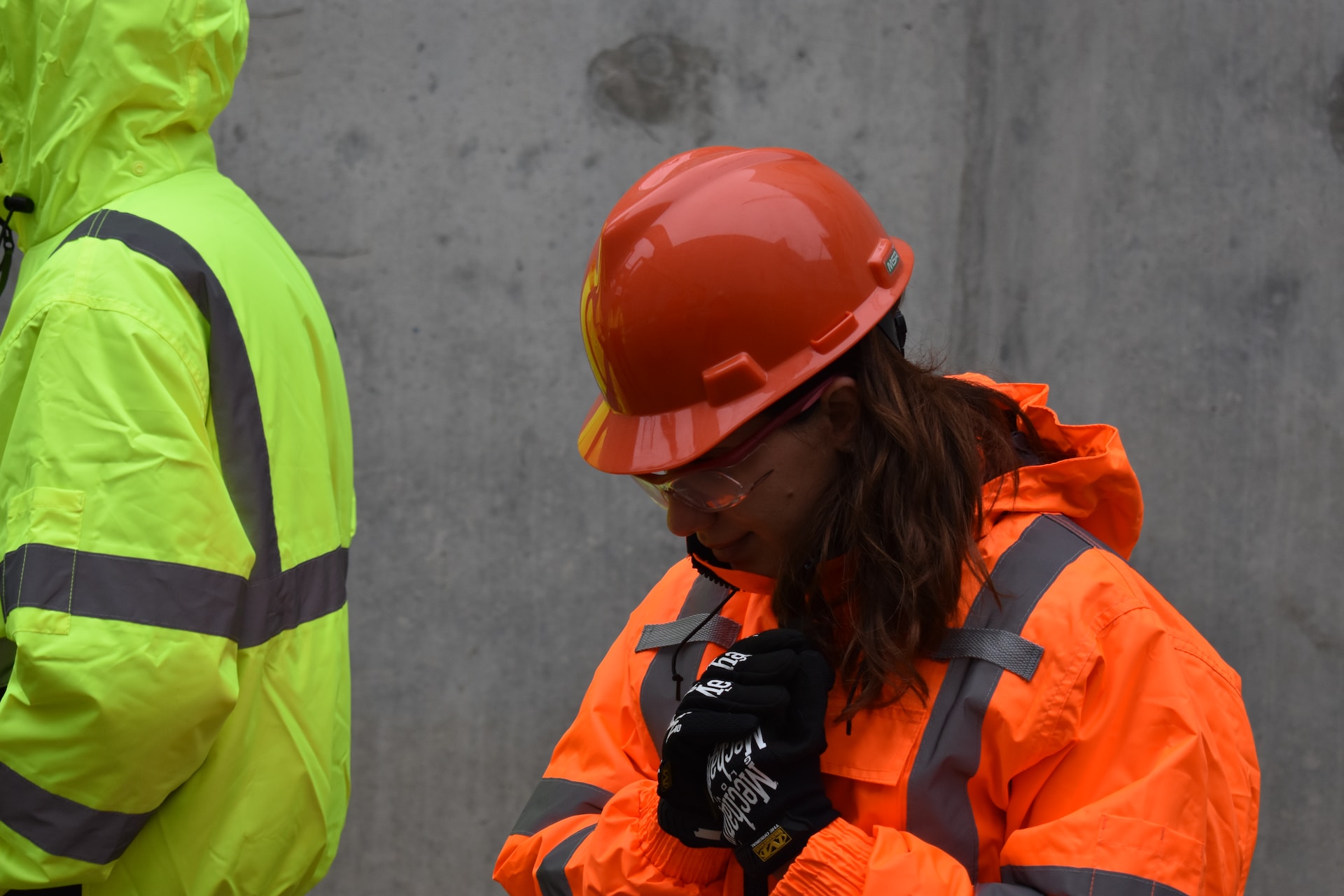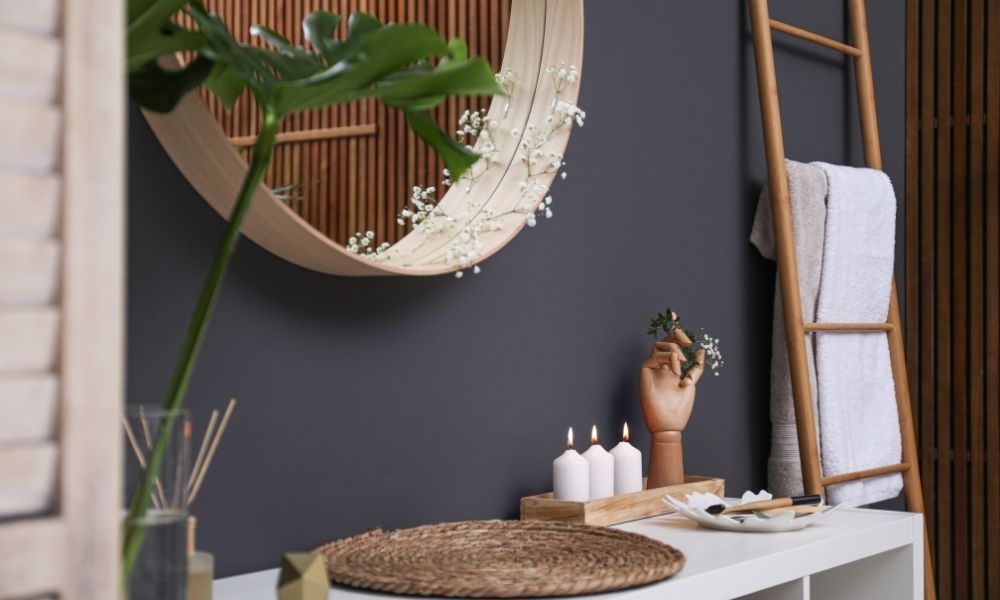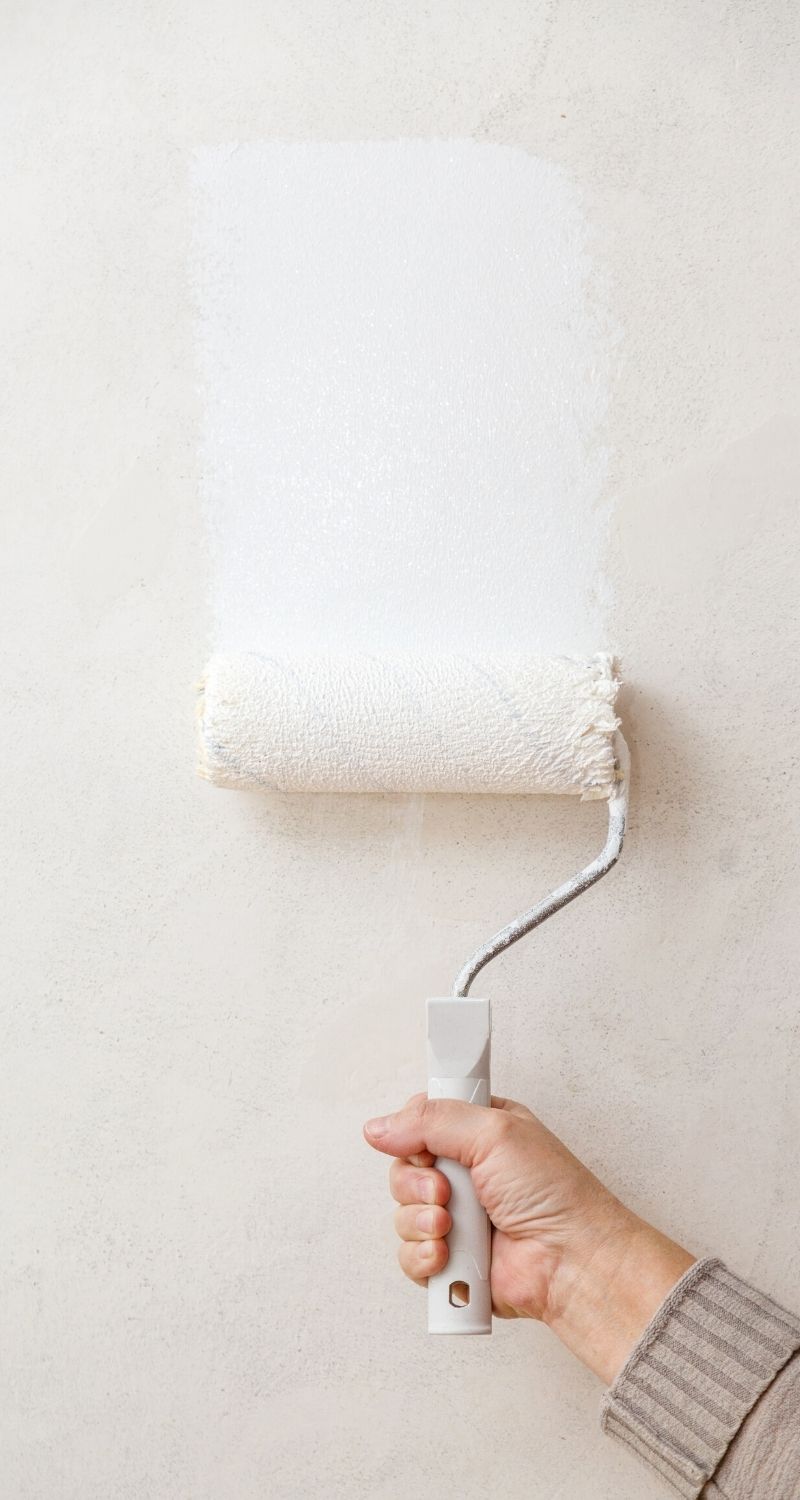The traditionally male-dominated fields of construction and home improvement are experiencing a positive shift in the United Kingdom, with a noticeable increase in female representation. This article explores the recent developments, challenges, and opportunities for women in these industries, shedding light on the efforts to bridge gender gaps and foster inclusivity.
Current Landscape
According to the Chartered Institute of Buildings (CIOB), women make up approximately 14% of the overall UK construction workforce, a number that includes various roles within the industry.
However, the figure drops significantly to just 2% when considering women working as site operatives, confirms utilities price comparison, Warmable.co.uk. Similarly, in the engineering sector, only 11% of the workforce is female, positioning the UK with the lowest percentage of female engineering professionals in Europe.
Gender Pay Gap Challenges
Gender pay disparities persist within the construction sector, as highlighted by data from The Financial Teams and The Macdonald & Company Rewards and Attitudes survey.
Construction employers with more than 25 staff members pay their male counterparts 23% more than female employees. The gender pay gap within the construction industry stands at a concerning 20%, surpassing the already high overall UK gender pay gap average of 18%.
Early Engagement and Changing Attitudes
The Engineering UK 2018 report suggests that early engagement plays a crucial role in shaping career choices.
While 46.4% of girls aged 11-14 consider a career in engineering, the percentage decreases to 25.4% for those aged 16-18. The data indicate that sustained efforts to engage young girls in construction-related fields can yield positive results in terms of increased interest and participation.
Despite the challenges, recent data compiled by Fastbuild indicates that women constitute 4.2% of the workforce within the construction industry trade categories analysed. The overall construction site workforce in the UK comprises 14% women. This signals a gradual shift in attitudes toward accepting women into a historically male-dominated workforce, but also in finance, recruitment and the rise of women in tech.
Business Benefits of Diversity
From a business perspective, promoting diversity in the workforce is financially advantageous. UK companies in the top quarter of equal gender employment are 54% more likely to outperform expected annual industry profits. In contrast, companies in the bottom quarter are 47% more likely to outperform expected annual industry profits.
Success Stories and Industry Insights
Efforts to attract more women to the construction industry are yielding positive outcomes. Organisations like the National Association of Women in Construction (NAWIC) emphasise the importance of not only hiring women but also creating an inclusive environment that encourages their long-term retention.
Erin Comeaux, a project executive at construction company Impetus, shares her experience of witnessing positive changes in the industry. While acknowledging past challenges, she notes the increasing popularity of construction-related shows, such as those on HGTV, contributing to a more positive perception of the industry among women.
Challenges and Changing Attitudes
Despite progress, stereotypes and biases about women working in construction persist. The belief that construction is primarily “men’s work” and doubts about women’s physical capabilities in the industry continue to linger. Mansplaining, a term referring to condescending explanations by men to women, remains a challenge, although instances of such behaviour are gradually decreasing.
Many institutions recognise the need for sustained efforts to not only hire but also retain women in the construction workforce. The focus should extend beyond recruitment to creating a supportive workplace that encourages women to pursue long and rewarding careers in the industry.
Strategies for a More Inclusive Environment
To combat negative attitudes and biases on construction sites, initiatives like diversity training should extend beyond office settings and be integrated into daily jobsite activities. Creating a friendly atmosphere that welcomes women involves addressing issues specific to their needs, such as proper personal protective equipment (PPE) and dedicated jobsite facilities.
Companies can play a crucial role by evaluating their policies and procedures, listening to the concerns of employees—especially women and people of colour—and taking tangible actions to implement positive changes. Actively involving women in the hiring process, with at least one woman on the hiring panel, ensures fair and inclusive recruitment practices.
Looking Ahead
As the construction labour shortage intensifies, companies must adapt to the changing landscape. Embracing diversity not only aligns with ethical considerations but also positions businesses to thrive in an evolving industry.
The construction and home improvement sectors have an opportunity to lead the way in fostering inclusivity, making strides towards gender equality, and reaping the benefits of a diverse and dynamic workforce.













